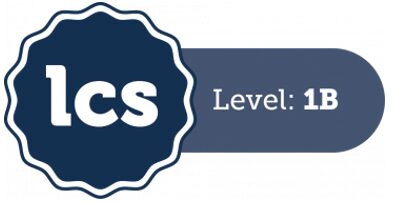Level 1b | Yellow Belt Improvement Practitioner

Summary
As an Improvement practitioner at Level 1b you will have knowledge of lean diagnostic, analytical and planning techniques and the ability to use them in the workplace to understand customer/stakeholder value, the current state, solve problems and propose future states.
Prerequisites for Level 1b
Level 1a: Lean Awareness – Preferable but learning for 1B can be incorporated in the delivery of this course
Level focus
On the diagnostic and analytical tools used to understand processes, customer value and to solve problems.
Level knowledge outcomes
- Purpose, customer/stakeholder value identification and understanding
- Mapping techniques
- Quality approaches
- Problem solving techniques
- Basic data gathering/statistical techniques
- Planning and communication techniques
- Demand and capacity analysis and understanding technique
Delivery
A course or programme designed to deliver Level 1b outcomes can be organised in several ways and there is no prescribed format. It will typically use a combination of:
- Face-to-face, taught in groups – in modules or blocks of days.
- Digital delivery and learning.
- Workplace-based guidance and support – going to the ‘Gemba’.
The total learning time guidance for a course or programme is 40 hours. This can include face to face teaching, elearning, assessment, pre/post course reading/research, practical application, offline group work, on the job training and one-2-one support activities.
Level Assessment
The assessment shall demonstrate that the outcomes have been achieved.
Knowledge
An assessment that demonstrates the learner can remember and understand L1b Diagnosis & Analysis, for example, through a multiple choice test, problem or case-based exams, oral exam, essay exam.
Practical Application
The successful Level 1b practitioner shall provide evidence of the application of L1b related tools and techniques in the workplace. Methods that should be used to capture the evidence include A3 reports, project reports, workbook, project portfolio/log or diaries.